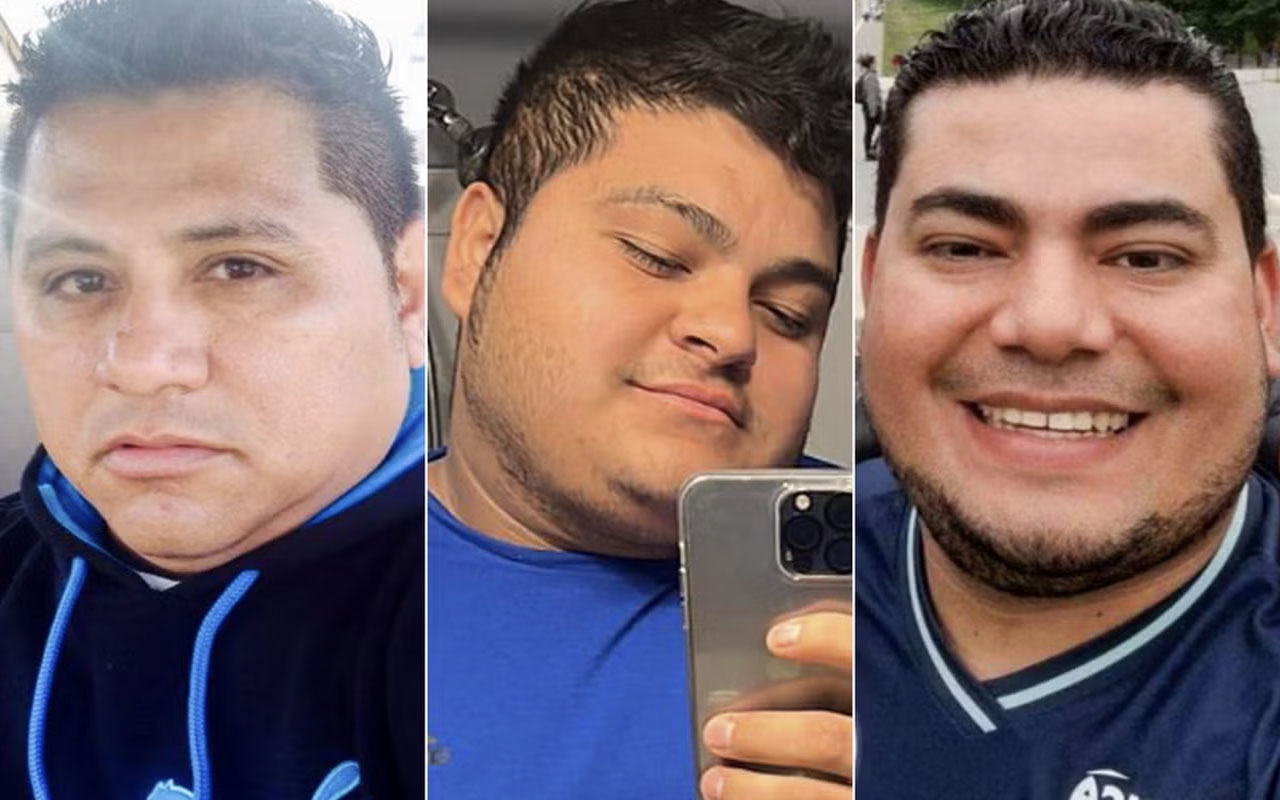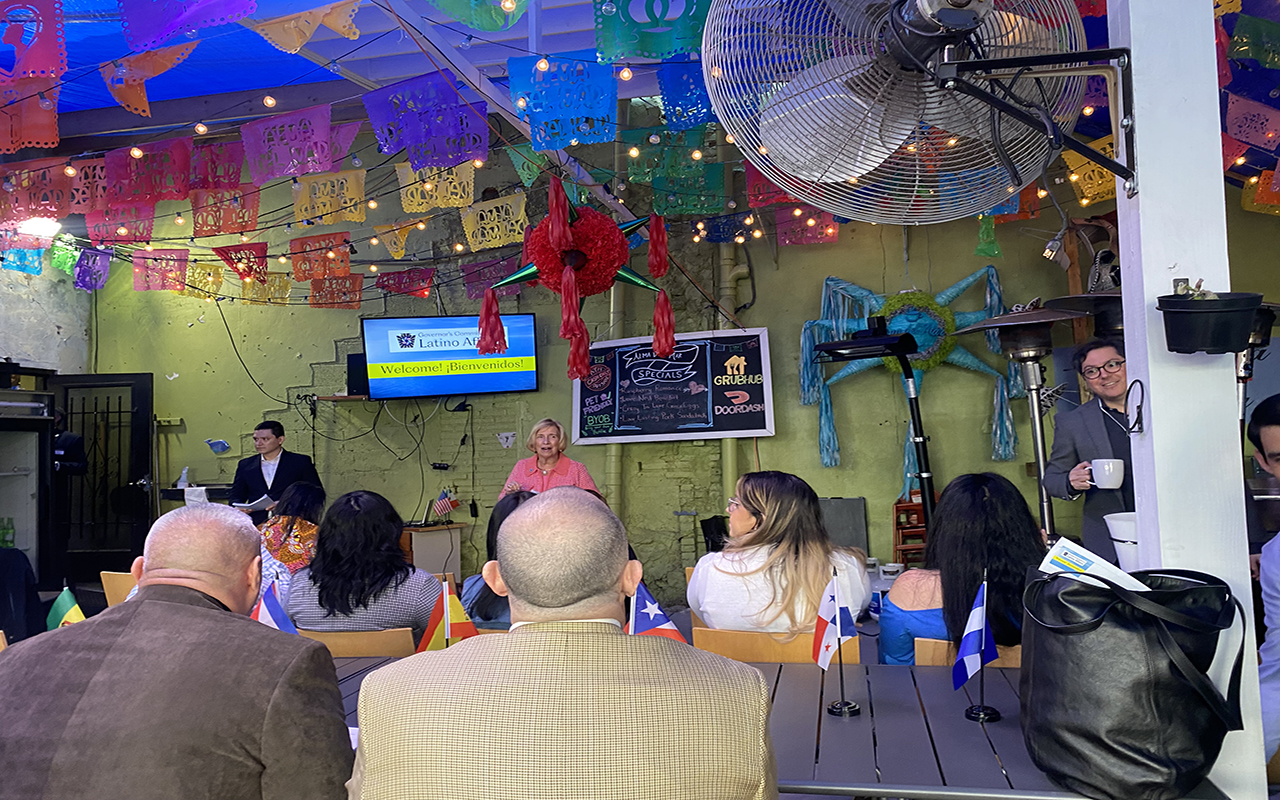Shopping with Access/SNAP
Amada Mejía allows us to accompany her to the supermarket to see what Latinos in Philly buy with their monthly SNAP allotment.
Rochester (New York), May 16, 1939. Mabel McFiggan, a resident of this northeastern city goes down in history as the first U.S. citizen to pay for her purchases at a supermarket with what were, at that time known as food stamps.
Philadelphia (Pennsylvania), May 18, 2015. Amada Mejía steps up to the cash register of her usual supermarket in North Philadelphia to pay for her purchases with her Access card, the modern and updated version of food stamps.
Seventy-six years separate Mabel and Amada, the same number of years since the U.S. Department of Agriculture began developing its Nutrition Assistance Program for citizens with limited resources. It is an initiative that officially reached its half-century mark in 2014 since — though McFiggan was the first to make use of the program — it was not a national program until 1964, when President Johnson signed the Food Stamp Act, turning the pilot program initiated three years earlier (in 1961) by the Kennedy administration, into a permanent one.
Since then, the program has undergone many changes. In 1974, it was extended to all 50 states and in 1977, national eligibility standards were established. In 1984, the arrival of new technologies led to a change in format from coupons to the Electronic Benefits Transfer (EBT). Coincidentally, the first purchase with this new method was n Pennsylvania, specifically in a supermarket in Reading. In 2008 the program was renamed the Supplemental Nutrition Assistance Program (popularly known as SNAP) and this is what is currently used by over 46 million citizens — including Amada.
According to data from the Food Assistance Landscape, one third of the budget of the Department of Agriculture was allocated to nutrition assistance programs, SNAP among them, and in 2014 that budget was reduced by 7.5 percent from its 2013 funding levels.
Protests about the reduction of this budget, however, took longer to hit the headlines. That happened in April, when chef Mario Batali launched the #FoodBankNYCChallenge, in which he challenged everyone to try to buy food with the average budget for those who buy their food with food stamps in New York — around $29 a week.
Actress Gwyneth Paltrow accepted the challenge, but not only did she not complete it –she admitted defeat after four days — but also became the target of criticism for her food choices. Her controversial shopping list contained food items such as a dozen eggs, limes, brown rice, a tomato, an onion, an avocado, garlic, a pack of peas, kale, lettuce and wheat tortillas, along with a few other non-staple items. The mockery of her choices prompted us to ask: What do the millions of citizens buy who (unlike Paltrow) cannot afford to give up on what they are allotted? And, also, does the amount they receive suffice?
This is what $29 gets you at the grocery store—what families on SNAP (i.e. food stamps) have to live on for a week. pic.twitter.com/OZMPA3nxij
— Gwyneth Paltrow (@GwynethPaltrow) abril 9, 2015
So, we accompanied Amada Mejía, an 80-year-old Colombian resident of North Philly, when she went to buy her food. This vital and happy Latina, who arrived in the United States from her native city of Medellin almost four decades ago, tells us that she has received SNAP since she moved from New Jersey to Philadelphia, 26 years ago.
Her first stop is in the produce area, where she buys onions. She then moves on to the meat department since, she tells us, chicken (along with milk and cheese) is something that is never missing from her shopping cart. On this day, she also buys tea and fruit, specifically mangos and pears. Mejía acknowledges that she has to “figure out” how to get by with the approximately $89 she receives per month from SNAP. When asked to consider not signing up for SNAP benefits, she doesn’t hesitate. “I need this,” she says.
More dramatically, upon contemplating the idea of not receiving SNAP benefits, a 65-year-old Puerto Rican woman (who prefers we not print her name) says, “That would be catastrophic, because I am at an age at which I am unable to manage by myself due to my health”. She tells us that with the $68 she receives (she explains that she used to receive a bit more, but they reduced the amount) she must “stretch it out a lot,” and that she prioritizes buying fruit, vegetables and milk. Rice and beans are also usually on her list.
These two last food items are also indispensable for Aida Concepción. The New Jersey-born Puerto Rican has lived in Philadelphia for four years now with her three children, ages 11, 8 and 3. “Rice and beans are a must, they like this food a lot because it is a Puerto Rican dish and they were all born there,” Concepción says.
Depending on the month, the four of them receive between $350 and $400 — an amount that “is at times difficult, because sometimes it is not enough, and food is very expensive here,” she says.
She tells us that in addition to dividing the budget in two (for the first and the second half of the month), she visits different markets, seeking the lowest prices, and carefully keeps track of what foods she purchases. However, in spite of all this, the SNAP allotment is not always enough. “The second week of each month, milk, cheese and bread are done … and what is left sometimes isn’t enough.”
SNAP is indispensable for her family, she says. If she had to do without it, “I would starve to death. I, personally might not, because one can withstand more, but the kids are the problem”.
María Ortiz and her three children, between the ages of 2 and 17, also participate in SNAP, thanks to which they receive approximately $648 a month in assistance. Enough? “Up to this point all is well,” she says. “But the end of the month before I receive the next SNAP, I am a bit short. But at least it helps me for approximately three weeks.”
As for the food that makes it into her shopping cart, she tells us “since I am very busy, I largely buy precooked food. We also buy milk, fruits, vegetables; but generally microwavable food.” But she never forgets her roots. “On weekends, since I am home, I began to be very Puerto Rican.” And thus there is one item that is never lacking in her home: “Rice. We are rice people.”

According to data from the Coalition Against Hunger, in April 2014 in Pennsylvania alone, 1,814,769 residents received SNAP. In the county of Philadelphia, the figure was 475,890 people (equal to 31 percent of its residents). The amount received fluctuates between $16 (minimum) and $194 (maximum), a number that increased last year, thanks to a change in regulations. The elimination of the asset test for SNAP benefits, carried out in April by Governor Tom Wolf, has also helped.
However, the number of people who receive SNAP should be greater, since statistics show that not all citizens meeting the eligibility requirements request assistance.
Fear and lack of awareness about the program are the main reasons for this, says Glory Morales, SNAP Helpline Outreach Counselor of the Greater Philadelphia Coalition Against Hunger. “Frequently there are undocumented people who are a bit scared because of the existence of the taboo that this could result in other problems for them in the future. But this is not necessarily true,” Morales said. “There are undocumented individuals that can receive food coupons if they have children under 18 years old who are legally documented.” And the same applies to those who have been legally residing in the country for at least five years.
“Another problem that exists is that the office does not send the paperwork in a language they understand. For this reason, at times they do not know what they have to hand in, at times they are cut off from this assistance, and at times the amount they are given is reduced. And in their frustration with the system, they simply give up and chose not receive the benefits, though they are eligible,” Morales says.
Her advice for all Latinos who are not receiving food stamps and suspect that they might be eligible is to call her. “I can answer any question they might have,” she says, “and if they are eligible we will work for them to be able to receive them. And if they are not eligible, we can provide other resources.”
Other programs
The Supplemental Nutrition Assistance Program or SNAP is the most popular hunger-relief program from among all the programs the USDA developed in the country (71 percent of its budget for hunger initiatives goes to SNAP). But it’s not the only one. The USDA also budgets for the National School Lunch Program (12 percent of the budget), WIC (6 percent) and the School Breakfast Program (4 percent). Some nonprofit organizations also offer complementary programs.
» Summer Meals (Coalition Against Hunger): This program, which is provided during the summer months, gives children breakfasts and meals in locations throughout the community. For more information call 1-855-252-MEAL.
» Shared Food Program: This nonprofit organization provides food in more than 500 locations in Philadelphia. For more information, call 215.223.2220.
» Healthy Corner Store Initiative (The Food Trust): Offering access to healthy foods and teaching healthy habits is the mission of this organization. It has approximately 600 “corners” in Philly. It also offers blood pressure tests.










LEAVE A COMMENT:
Join the discussion! Leave a comment.